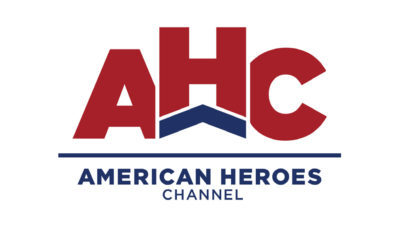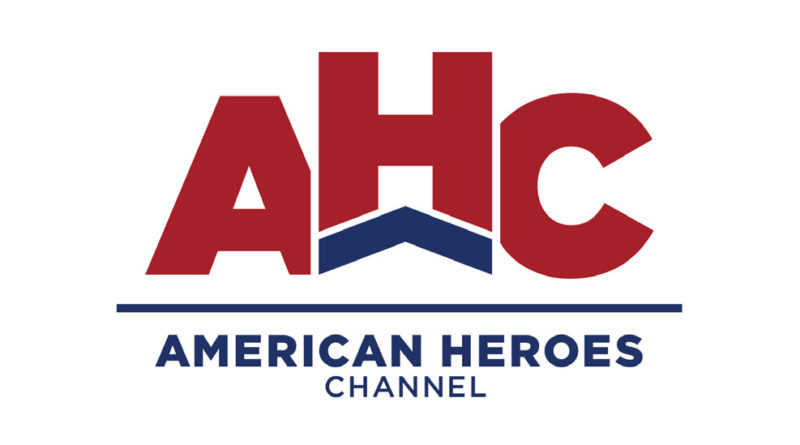INTERVIEW: Retired Navy Seal lieutenant to receive Red Bandanna Award on TV special

Lieutenant Jason Redman, a retired Navy Seal, has lived a life of service to his nation, and now he’s on a journey to help those who help others.
In September of 2007, Redman was on a combat mission in Fallujah, Iraq, when he was shot in his arm and face. He eventually found himself at Bethesda Naval Medical Center in the United States at the beginning of a long road to recovery. Along that road, he has had multiple surgeries and procedures.
Along the way, he didn’t want anyone to think of him as a victim, and he even posted a sign outside his hospital room to that effect.
To help with his transition back to civilian life, and to help his fellow military personnel, Redman founded Wounded Wear, a clothing outlet that sends its proceeds to Redman’s nonprofit, Combat Wounded Coalition.
For his efforts, Redman has been awarded the 2017 Red Bandanna Hero Award, courtesy of the Welles Remy Crowther Charitable Trust. American Heroes Channel and Time Inc.’s People magazine have also partnered on the award, which is named after Crowther, a 9/11 hero who saved several lives during the 2001 terrorist attacks.
Audience members can learn more about Redman and Crowther on a new TV special, airing Saturday, Oct. 28 at 10 p.m. on American Heroes Channel. 9/11 Hero: The Red Bandanna Legacy will feature the stories of Crowther, Redman and other American heroes.
Recently, Hollywood Soapbox spoke with Redman about his service and sacrifice. Here’s what he had to say:
On his experiences in Iraq …
“So I was wounded back in September of 2007 in Iraq. … It’s just such an instantaneous thing, I think, for our wounded warriors. Here I was leading amazing troops and conducting these very high-level missions in Iraq, and suddenly I find myself in Bethesda Naval Hospital getting put back together and this incredibly long journey — four years of surgeries and facial disfigurement and metal and hardware, trachs, stomach tube, all these things that attracted a lot of attention. And not only was I receiving military medical care, I was referred out for civilian medical care just due the extent of my injuries.”
On his recovery in the United States …
“I was traveling up to Chicago. I was traveling to Johns Hopkins, and I just attracted a lot of attention when I was out in public. And I’ll be honest, I was still kind of wrestling with my injuries and what had happened and accepting that reality, and I think it’s very tough for anyone. As human beings, we look at people’s faces. I mean, that’s a focal point that we have in communication. I mean, the nuances of somebody’s face, and we speak, of course. And so when you’re disfigured, it just attracts a ton of attention, and that was really hard for me.”
On reactions he received from people …
“Those that had the courage to ask me, ‘Hey, what happened,’ usually they wrongly assumed that I had been in some kind of accident, a motorcycle accident or maybe a car accident, and I thought, man, what a shame. Here we are, we’ve been at war for six years, and it doesn’t even enter the average person’s mind that we have young men and women that are fighting over there and being killed and being disfigured. So that really was the initial catalyst behind the idea for Wounded Wear, and I created some shirts to draw attention to the fact that I had been wounded for people’s freedom.”
On the early days of Wounded Wear …
“We called it Wounded Wear and had some friends who saw it and said, ‘Wow, I think you’re onto something. You should do something with this.’ We started. We refined our messaging and kind of locked down on three specific messages: ‘Forever Recognizing the Cost of Freedom’ and then ‘Scarred so That Others may Live Free.’ And we put these into these shirts, and then we started providing free shirts to wounded warriors. And then we were selling the ‘Forever Recognizing the Cost of Freedom’ shirt to cover the cost of those free shirts, and that is how the organization really started picking up momentum.”
On the development of Wounded Wear …
“As we grew, and as my surgeries slowed down and I was able to get more and more involved, we got into events. We launched an event called Toast of the Heroes, so a black-tie gala that we were honoring the sacrifice of our wounded warriors and Gold Star family members. And then we got into a skydiving event called Jumping for a Purpose, where we were taking wounded warriors skydiving and showing them that despite their injury and despite their loss they could still overcome and do amazing things, such as jumping out of an airplane.”
On transitioning his organization into Combat Wounded Coalition …
“In 2015, we evolved into the Combat Wounded Coalition just for a multitude of different reasons, but mainly the biggest reason we wanted to do more than just the clothing. There was a rise in veteran suicide. There was a rise in veterans getting out as the war drew down, and we wanted to figure out a way to better help guys and gals for the long term. And we figured out that a great way to do that was to connect them to many of the other service organizations that are out there, so that became the idea behind the Combat Wounded Coalition.”
On the four central themes of Combat Wounded Coalition …
“We had four programs. We moved Wounded Wear under our first program, the Pride program. And then we have Power, Purpose and Peace, and those programs are all designed to move warriors down that pipeline. And now we are currently working on a new program for 2018, a leadership resiliency and communication program for wounded warriors called the Overcome Academy. And it’s designed to help our wounded warriors build a task and purpose leadership within themselves, teach them how to build structure within the civilian world, teach them how to learn, how to operate in the civilian world.
“The military is a really structured environment, and sometimes it’s a major culture shock for our veterans, especially guys who are wounded, because it’s such an abrupt transition, to teach them how to be successful and how to get out into the civilian world and make a difference. And we’re doing that through speaking, teaching them how to tell their story. We want to get them into schools, talking to America’s students about service and sacrifice and leadership and then get them mentoring America’s youth out there. So that’s our program. We’re coming online, working with Old Dominion University, and right now we’re scheduled to have that pilot program in 2018.”
By John Soltes / Publisher / John@HollywoodSoapbox.com
9/11 Hero: The Red Bandanna Legacy will air Saturday, Oct. 28 at 10 p.m. on American Heroes Channel. Click here for more information.

